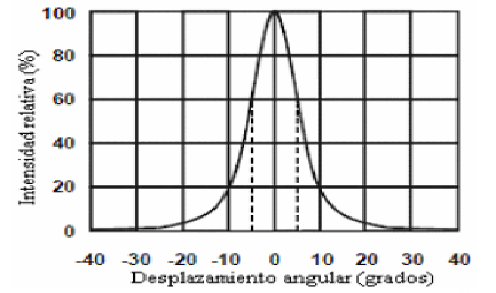Cytotoxicity Induced in Breast Cancer by photodynamic Therapy with High Power LEDs
Abstract
The photodynamic therapy (PDT) is a therapeutic modality that requires light, a photosensitizer and oxygen. In poor countries, a problem for his application is the laser cost for irradiate, due to this, a light source was constructed with LED's that emit up to 44 lm around 625 nm and its efficiency to eliminate breast cancer cells was measured. Two lines of breast cancer (MDA-MB-231 and MCF-7) and not cancerous cells (HaCaT) were exposed to 40 and 80 µg/mL of ALA concentrations during 24h to induce the photosensitizer PpIX, and were radiated to 120 and 240 J/cm2 , 24h, later on the cellular death was measured by Alamar blue method. The PDT elimination efficiency, when were used the doses of light of 120 and 240 J/cm2 , was 61 and 71 % for MDA, 46 and 49.2 % for MCF-7 and 87.2 and 94.1 % for HaCaT respectively. The constructed light source showed to be efficient in the elimination of the cancerous cells.

This work is licensed under the Creative Commons Attribution-NonCommercial 4.0 International (CC BY-NC 4.0) license.








